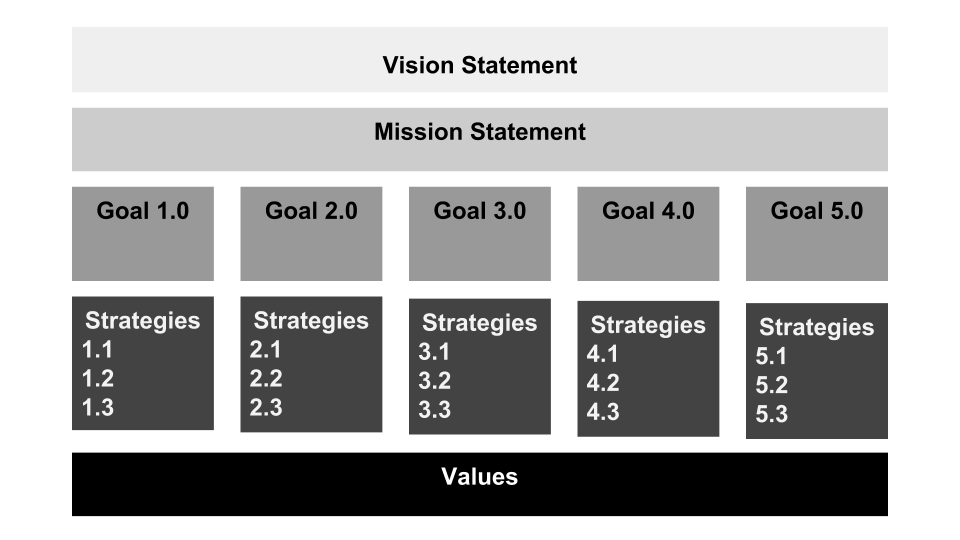How to Make the Case to Your Boss to Work Remotely
Why Work Remotely?
There are some real benefits to working remotely, and if you value them (like we do), then maybe the time has come to approach your boss about the idea.
One big reason employees choose to work from home is so they don’t have to commute. A drive (or metro, bus, bike) into work each morning can sometimes put you into a negative frame of mind – especially extra heavy traffic, ice or snow on your car, a construction detour, or heaven forbid, an endo on your bike, for all you bike-friendly city readers (you know it happens).
Another reason for telecommuting is schedule flexibility. If you have kids and they need to be shuffled to and from school, or your aging parents need a trip to the doctor, or even if the day is so completely beautiful and you just need a few hours to get some precious vitamin D, you can usually do all of the above when you work remotely.
This isn’t to say that you are skipping out on the work that needs to be done, you would just be shuffling it to a more productive time to achieve the same results.

For some of us, there is a seemingly endless amount of interruption at a desk job. Speaking from my own experience, when working in an office I used to stay until 7 or 8pm most nights to get much of my work accomplished due to the number of distractions during the day. I didn’t know until I worked from home how productive the time to focus could be.
What Does Remote Work look Like and am I Suited for it?
Although there are benefits, remote workers face challenges that their office-based counterparts do not. Whether mandated or not, they are usually always “on,” almost like being an owner or entrepreneur. However, this is seen as a positive trait by many employers – if you value the company you work for and treat it as your own, you will do well in the remote working world.
Reliable wi-fi can be one of the most important weapons in your remote work arsenal. As anyone who has worked remotely can tell you, wi-fi is never a sure thing – even in the modern world. I have Comcast cable in a moderate-sized town, and it goes out every so often.
Sometimes I try to leave my house to work from a local chain restaurant or coffee shop, and almost without fail, the connection either kicks me off every 30 minutes or doesn’t work at all. If you think getting a good wi-fi connection anywhere is easy, think again.
Many employees fantasize about traveling the world and not having to come into an office every day, but as one remote worker cataloged on his blog, “Most of my days have been spent indoors so far, with hammocks and cocktails few and far between. The moments of leisure and discovery are fantastic, but by no means constant. It’s a struggle.”
If you’re still reading and think this may be the life for you, keep in mind that your depth and breadth of work experience will help you convince your boss that you are ready for the transition. Your reputation precedes you, and the value of a good reputation in the workplace can’t be overstated.
What Jobs are Best?
Not all jobs, as we know, can be done remotely. Below are some of the best ones for distributed teams:
- Design
All kinds of designers – web, print, industrial, animation or otherwise – usually use digital design tools. Even architects, interior designers, and landscape designers can work from a remote location if their presence isn’t particularly needed at a job site. - Technical/IT
Programmers, system administrators, and even IT support can all be handled remotely. With screen sharing, remote server management and remote access to another’s computer, almost anything can be taken care of from an off-site location. - Customer Service
Almost all online customer service duties can be performed with a good internet connection and a phone. - Marketing
As long as the marketing team meets regularly with decision makers, one of the only tasks marketers would need to travel for is conferences. Otherwise, planning and implementation of marketing goals and content can be achieved from anywhere. - Project Management
Since there are so many tools that allow teams to meet and manage projects, project managers are becoming mostly digital workers. Even in the case of construction, where a project manager must inspect the work of a builder, technical innovations (FaceTime, video) are making it so that the PM rarely has to visit a job site. - Sales
Depending on the product being sold, a salesperson may never have to meet with a client. I’m sure most would agree that a face to face meeting is more personal and certainly can build a relationship faster. However, most sales processes can easily be conducted via phone, online meetings, or video. - Copywriting/Editing
Writers and authors have always favored working remotely to have better focus and increased creativity. Today, most have multiple gigs writing for different publications – so working remotely makes sense.
If your skill set falls into one of these categories and you’re ready to move forward, then it’s time to pitch the idea.
Types of Companies to Look For
Look for companies that value results-oriented work. Keep in mind that some of the top companies that offer telecommuting are also some of the largest.
Making the case to your boss
Create a Proposal
Start with your boss’ perspective, and you’ll have a better chance of understanding how they will react. What will they see as obstacles? Would you envision they might have perceived benefits for remote working – perhaps lower office costs, less time lost to commuting? Write these into your proposal to clearly show the pros of the idea and don’t forget to address the cons.
Surely your boss will have some objections. Try to determine these ahead of time and structure your proposal to address their concerns. We wrote an article addressing the fears managers may have of telework, which will prepare you for some of the objections you may need to overcome.
After addressing the pros and cons for your proposal you will need to deal with the logistics of working outside the office. First, determine your schedule and decide when you can be most productive. This is where you can gain the benefits of a flexible schedule (say, after you get the kids off to school) and demonstrate how your focus: quiet house, fully caffeinated, no commuter stress, can be fully realized in the company’s favor.
Be sure to also bring up time zones. “I can handle early morning support”, etc. Keep in mind that making yourself available across time zones can benefit the company and keep you in touch with your coworkers.
Don’t forget the small intangibles – will you need special tools, apps, or technology to enact your plan for working remotely? There are new apps everyday that help us keep in touch, facilitate meetings and follow-ups, and even bring us face to face via video.
Pitch the idea
In Scott Berkun’s article How to Pitch an Idea, he suggests starting with the “toughest logistical challenges implied by the idea, and how [you] will (or would) you solve them.” Make sure to test your pitch on someone before you deliver it, as they can give you a perspective you may not have considered.
Keep in mind that you should “pitch your arrangement to your manager in such a way where he would be happy to consider your request. If you genuinely believe your performance would improve due to home working (which I maintain is true) then a company would be foolish to reject such a request.”
Ask for a trial period
The easiest way to get your proposal accepted would be to ask for a trial period where you could demonstrate the benefits and allay any fears or objections using a soft ask. Try something like, “let’s give it a try for 30 days and then review the results.” Most employers would be willing to enact change that has the prospect of improved performance, particularly if you are already a valued and productive employee.
Be Prepared to Negotiate
When you’re ready to discuss the details, be sure to “negotiate on the terms that are most important to your employer. If you’re willing to cover your office expenses or put in extra time to make it a success, you’ll have a much better chance of getting that enthusiastic thumbs-up you’re looking for.”
Treat Your Co-Workers as if They Were Customers
Act as if you are a small business owner and start to think of your co-workers as your customers. Always go above and beyond to make sure they have what they need from you to get their jobs done, or they may start to resent your flexible situation.
What are the Risks?
The bottom line about working from a remote location is that you will be judged more by your output than your work friendships or being seen around the office. To some employers, the most important metric is face time, and this affects their perception of your commitment.
Here are some of the risks associated with not physically being in an office:
- You could be passed over for promotions
- Because you’re out of site, you’re also out of mind
- You may experience face time bias
Don’t Forget the Benefits
There are of course challenges with remote working, but I don’t want to leave you without highlighting the positives:
- Lower stress
- Greater focus and productivity
- The ability to work from anywhere
For me personally, I used to work from a cubicle that was filled with fluorescent lighting next to inoperable windows. Now, I can walk outside, work in the sunshine and fresh air, while delivering exceptional results for my company.
More Resources:
Pitching Remote Work: Making Your Case For Telecommuting: https://www.odesk.com/blog/2013/10/the-remote-pitch-telecommuting-remote-work/
Arguing in Favor of Telecommuting: 5 Tips to Convince the Boss: https://www.lifehack.org/articles/featured/arguing-in-favor-of-telecommuting-5-tips-to-convince-the-boss.html
10 Tips for Success as a Remote Employee: https://www.acquia.com/blog/10-tips-success-remote-employee
How to Convince Your Employer to Let You Work From Home: https://work.chron.com/convince-employer-let-work-home-10978.html



